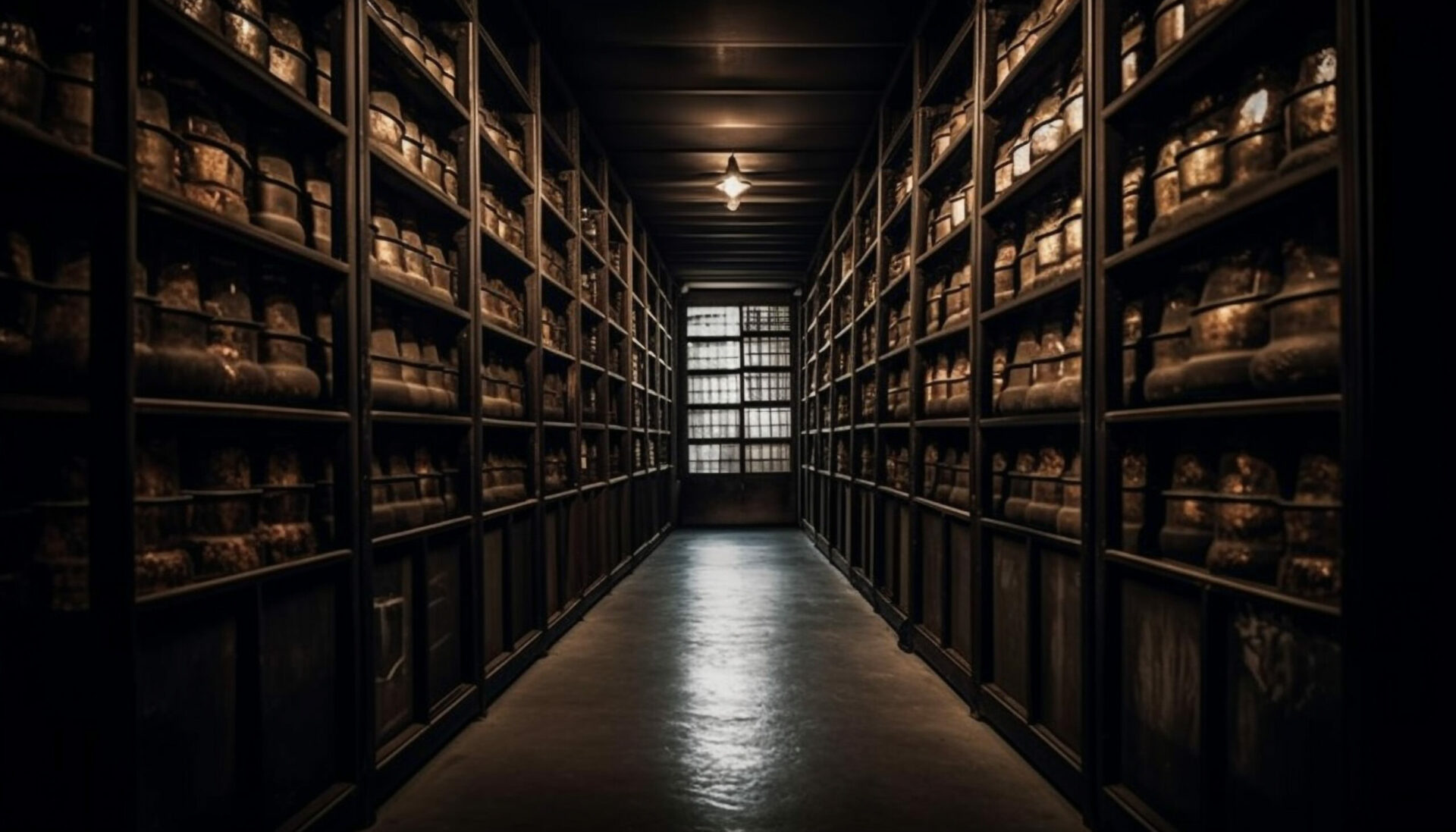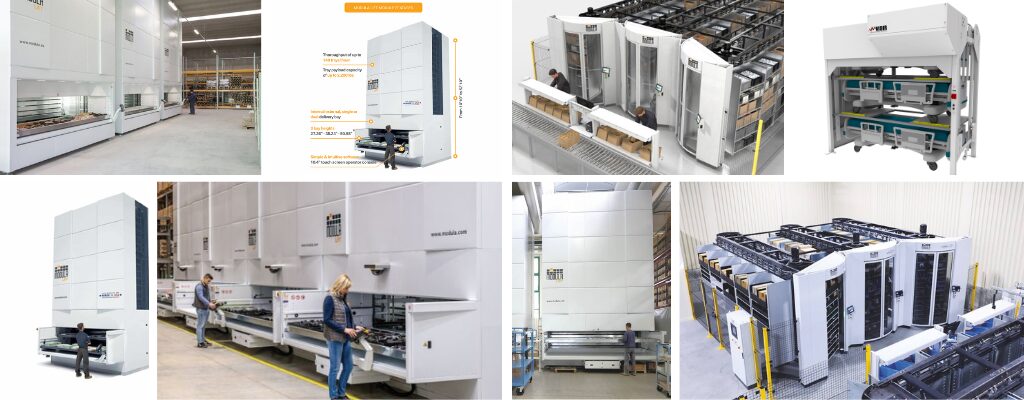
The Early Days of Museum Storage
In the early days of museum storage, the preservation of priceless artifacts was far from the sophisticated systems we have today. Museums were often housed in humble spaces, and storage conditions were far from ideal. These early facilities, reminiscent of dusty attics, posed several challenges to the preservation of valuable cultural treasures.
Museum storage spaces were often cramped and lacked proper environmental controls. Artifacts, manuscripts, and historical objects were stored in overcrowded rooms, susceptible to dust, pests, and fluctuating temperatures. The rudimentary shelving and packaging methods used were a far cry from the meticulous standards we now associate with museum conservation.
The Emergence of Conservation Techniques
As time passed, museums began to recognize the pressing need for improved preservation practices. This recognition marked the emergence of conservation techniques in the realm of museum storage. Early conservators started to experiment with methods to slow down the deterioration of artifacts, manuscripts, and artworks.
These pioneers in museum conservation sought to understand the causes of deterioration and experimented with various protective measures. They laid the foundation for modern conservation practices, emphasizing the importance of handling artifacts with care and developing better storage solutions. Over time, this led to the adoption of more systematic and scientific approaches to conservation.
Evolution of Climate Control
The history of museum storage cannot be discussed without addressing the critical role of climate control. In the early days, little attention was paid to regulating temperature and humidity, factors now recognized as crucial in preserving cultural heritage.
As the understanding of conservation science deepened, museums began to invest in environmental control systems. These systems allowed for precise regulation of temperature and humidity, creating stable storage conditions that significantly reduced the risk of damage to artifacts. This shift marked a pivotal moment in the history of museum storage, with museums striving to maintain consistent climates to ensure the long-term survival of their collections.
Advancements in Security Measures
The security of museum collections has always been a paramount concern. Over the years, the security measures employed in museum storage have evolved significantly to meet the challenges posed by theft and vandalism.
In the past, museums faced security challenges, and safeguarding valuable artifacts was a daunting task. However, as museums recognized the importance of their holdings, they began to invest in advanced security measures. This included the implementation of security systems, surveillance, access control, and the employment of security personnel. The development of advanced security technologies further transformed museum storage security into a formidable fortress against potential threats.
Materials and Technology Innovations
Early museum storage relied on basic materials and storage solutions. However, as the field of conservation advanced, so did the materials and technologies used in museum storage.
Historically, artifacts were stored using simple shelving, wooden crates, and basic padding materials. Today, museums employ state-of-the-art materials designed to provide optimal protection. Archival-quality boxes, acid-free tissue paper, and specialized padding materials are now used to protect delicate items. Additionally, the integration of digital technology has revolutionized cataloging, tracking, and monitoring artifacts, ensuring their safety and accessibility.
This ongoing innovation continues to redefine the landscape of museum storage, ensuring that artifacts are preserved for generations to come.
FAQs (Frequently Asked Questions)
1. What is the purpose of museum storage?
The primary purpose of museum storage is to safely preserve and protect valuable artifacts, artworks, historical documents, and other cultural treasures. It ensures that these items remain in stable environmental conditions and are shielded from physical damage, theft, or deterioration. Museum storage also allows for proper organization, cataloging, and accessibility for research and exhibition purposes.
2. How do museums protect artifacts from damage?
Museums employ a combination of strategies to protect artifacts from damage. These include maintaining controlled environments with stable temperature and humidity levels, using archival-quality materials for storage and packaging, implementing security measures such as surveillance and access control, and employing professional conservators to assess and address any preservation needs. Regular inspection and handling protocols also contribute to artifact protection.
3. What temperature and humidity levels are ideal for artifact preservation?
Ideal temperature and humidity levels for artifact preservation typically fall within a range of 68-72 degrees Fahrenheit (20-22 degrees Celsius) and a relative humidity of 45-55%. These conditions help prevent biological growth, chemical reactions, and physical deterioration. However, specific requirements may vary based on the materials and artifacts being stored, necessitating tailored climate control systems.
4. Are there any famous artifacts with interesting storage histories?
Yes, there are numerous famous artifacts with intriguing storage histories. For instance, the Mona Lisa was temporarily stored in a salt mine during World War II to protect it from potential damage. The Dead Sea Scrolls were stored in a Jerusalem museum’s vault for decades, hidden from public view until they were extensively researched. These stories highlight the extraordinary measures taken to safeguard invaluable cultural treasures.
5. How has technology changed the way museums store their collections?
Technology has revolutionized museum storage by introducing digital cataloging systems, barcode tracking, climate monitoring sensors, and security systems. These advancements enable museums to efficiently manage and track their collections, ensuring precise control over environmental conditions and enhancing security. Virtual storage solutions and 3D scanning have also expanded accessibility and research possibilities.




